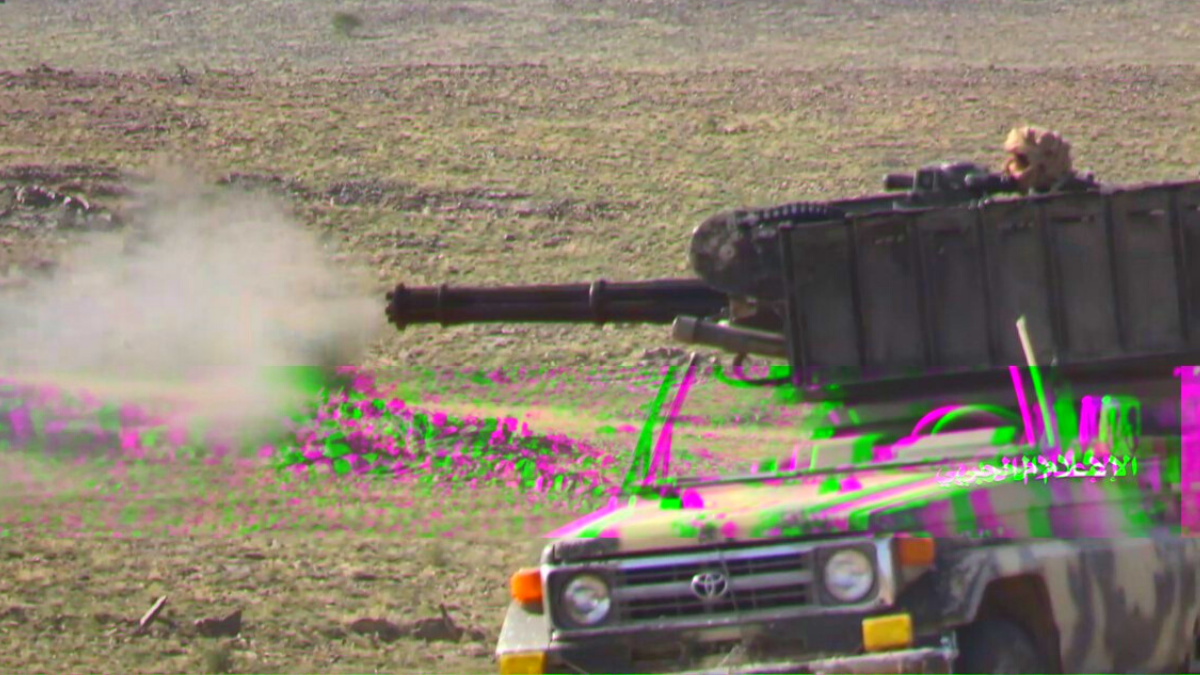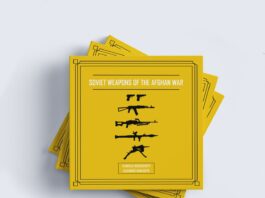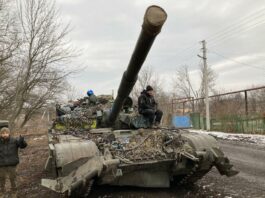Toyota War – This short but sweet piece of combat footage shows one of our favorite Toyota technical yet: A Houthi Toyota with an M167 Vulcan Air Defense System (VADS) mounted on the back. Toyota war is just incredible.Originally made by the U.S. and introduced in 1994, the M167 Vulcan has now been withdrawn from U.S. military service. However, the weapon system still sees action around the world in the service of various countries and the rebel forces who have captured them. The main reason is that not only is the M167 Vulcan an efficient air defense weapon, it’s also highly effective against lightly armored ground targets.
How did Houthi Rebels obtain a M167 Vulcan?
Technicals is a term used to describe civilian pickup trucks fitted with improvised weapon mounts. The most common and iconic are the Toyota technical which has been sent in use amongst a variety of state security forces and non-state forces, especially in the Middle East and North Africa. But there are few technicals as heavily armed as that featured in the video being used by the Iranian-backed Houthi rebels in Yemen.
This is not the only video circulating of an M167 Vulcan being used by Houthi forces. This video below shows another of the weapons being mounted to a technical and used by Houthi forces operating al-Jawf Governorate of Yemen. However, it’s also possible that the Houthi forces transferred the M167 Vulcan from one technical to another after the first vehicle either broke down or was destroyed.
In previous videos, we’ve covered Houthi sniper teams and their effectiveness through case studies of combat footage such as the Saudi coalition soldier who was set on fire after being shot at by a Houthi Sniper. In the words of The Drive: The M167 is undoubtedly a valuable addition to the Houthi rebel’s already extensive arsenal of purpose-built and improvised anti-aircraft weapons. While they have limited utility against fast- and high-flying combat jets, the guns could still be a realistic threat to slower-moving helicopters. They can also be utilized as an anti drone gun.
Where the Houthis got the Vulcan cannon to attach to their Toyota technical isn’t clear. However, it’s almost guaranteed that they were sourced through the former Yemeni military stocks or corruption in the ranks of the Saudi-led coalition. Alongside Sudan, Saudi Arabia operates the M167.
The War in Yemen
The Yemeni Civil War erupted back in 2015 and is largely fought between two factions: the Yemeni government led by the Abdrabbuh Mansur Hadi and the Houthi armed movement, alongside their supporters and allies. Both sides claim to constitute the official Yemeni government.

The war has significantly destabilized Yemen and introduced various terror groups to the region in the form of Al-Qaeda and ISIS who have carried out a series of attacks since the war began. Al-Qaeda in particular controls significant territory across Yemen especially along with the coastal areas.
Saudi Arabia is heavily involved in the conflict and actively opposes the Houthi movement. They have controversially launched devastating air strikes upon Yemen throughout the conflict. The Saudi campaign is backed by the United States who has been providing the Saudi military with intelligence and logistical support. The United States and the United Kingdom have also both been active in supplying Saudi Arabia with the weapons used in the devastating airstrikes. Various analysts view the war in Yemen as an extension of the proxy war between Iran and Saudi Arabia. It’s accepted that the war is largely a means for Saudi Arabia to combat Iranian influence in the region.

The Saudi Arabian bombing campaign on Yemen has resulted in widespread civilian casualties and has subsequently been slammed by various governments around the world. The Yemen Data Project estimates that, as of March 2019, almost 18,000 civilians had been killed or injured in Saudi Arabian airstrikes. Overall, the war in Yemen is believed to have killed over 100,000 people. Alarmingly, Yemen is also currently in the grip of starvation that threatens to become the worst global famine seen in the last 100 years and poses a threat to 13 million civilians.





